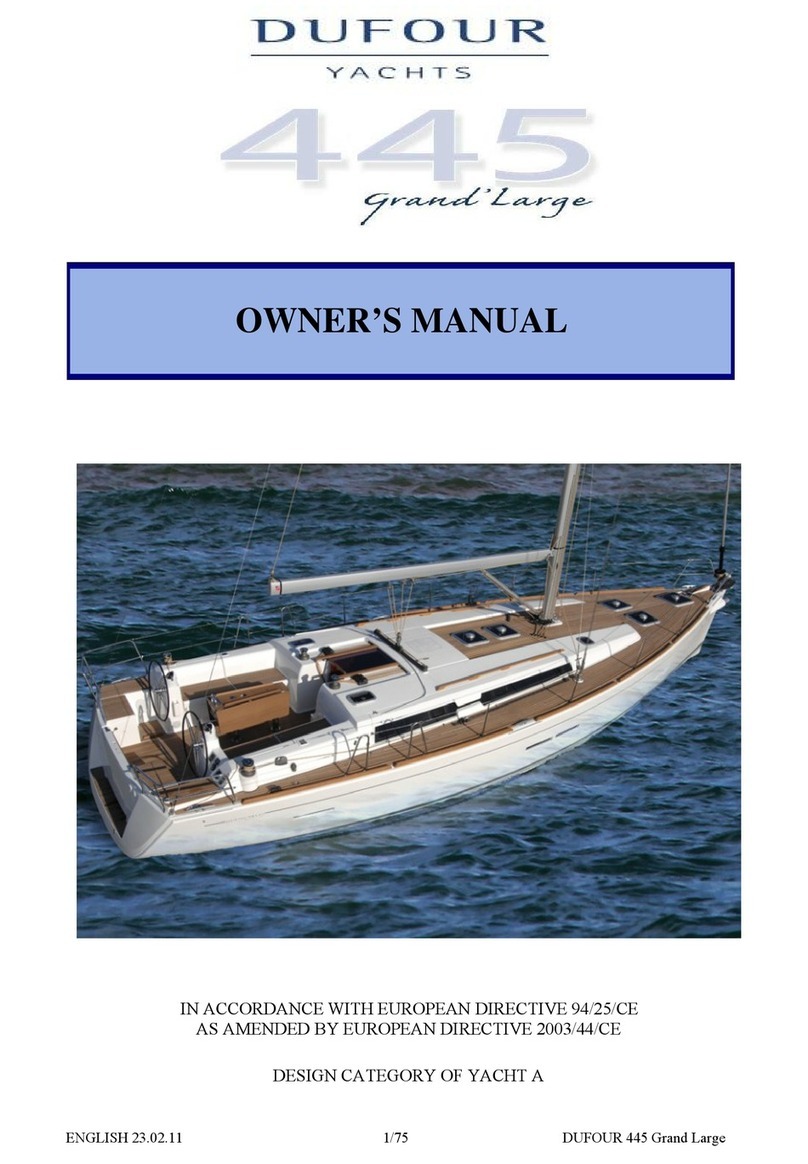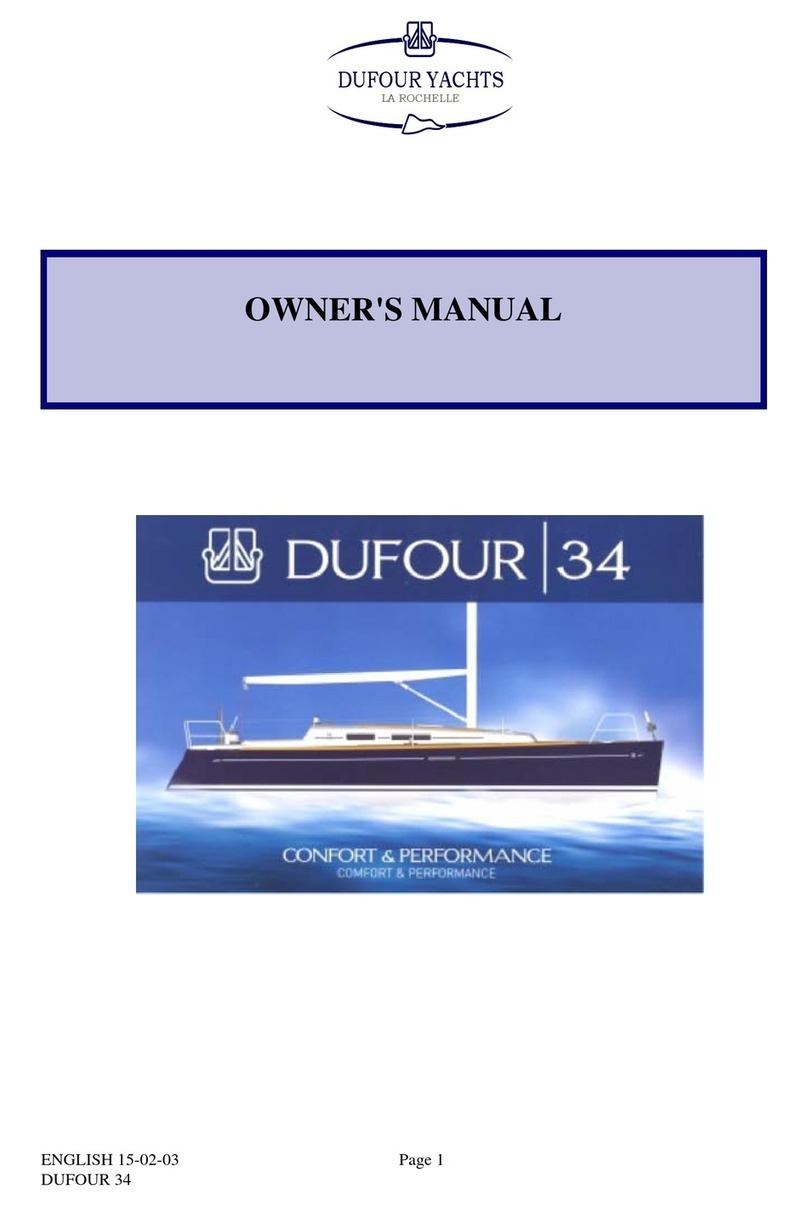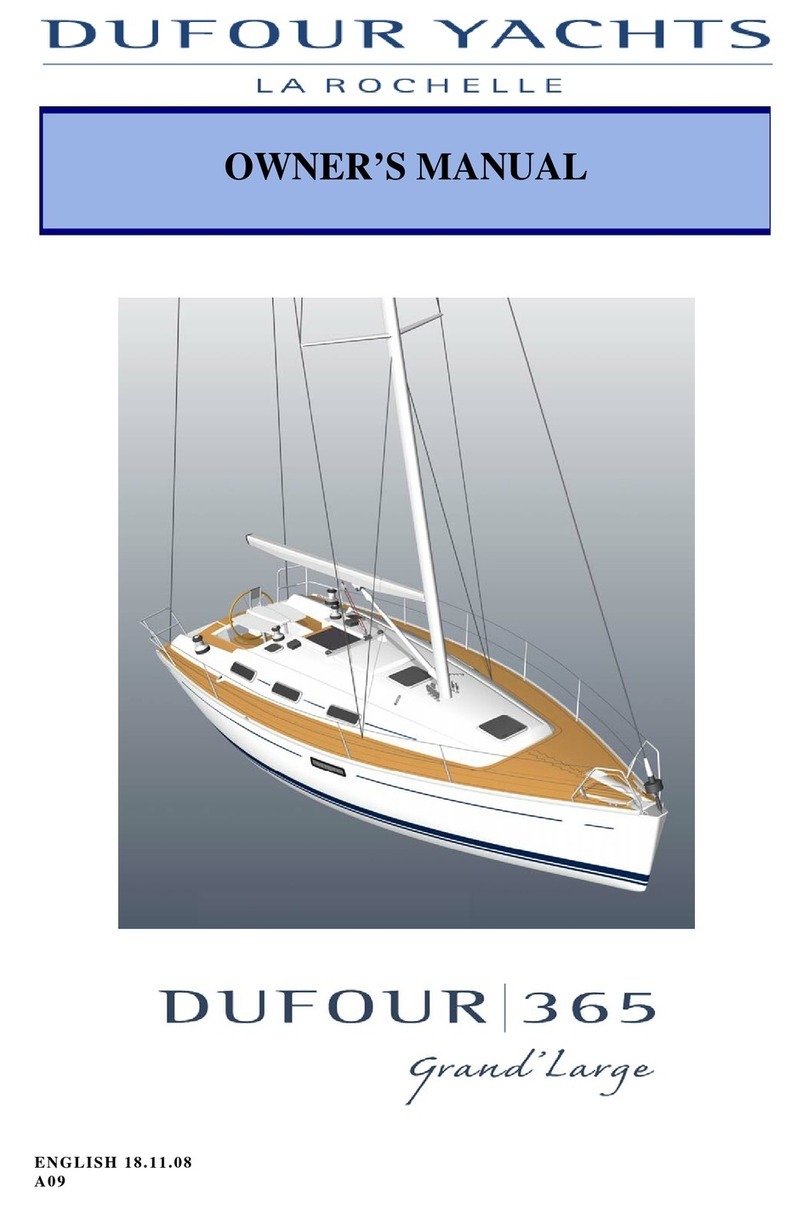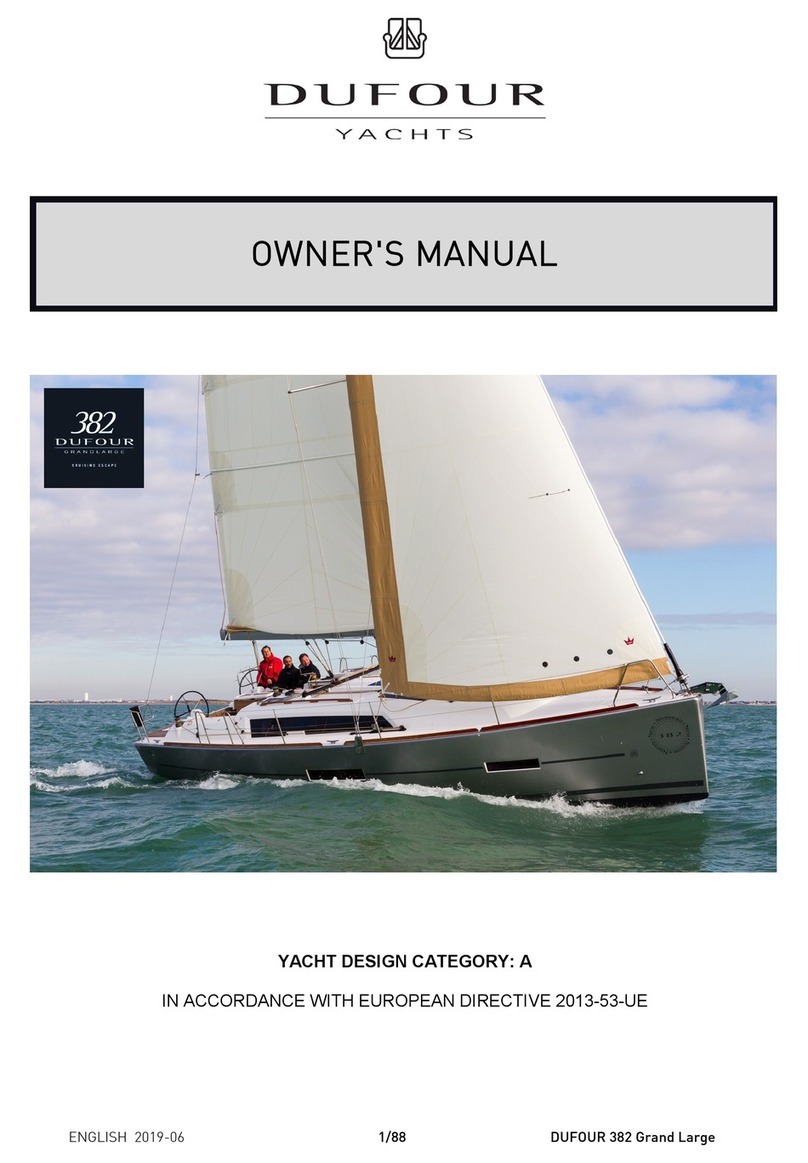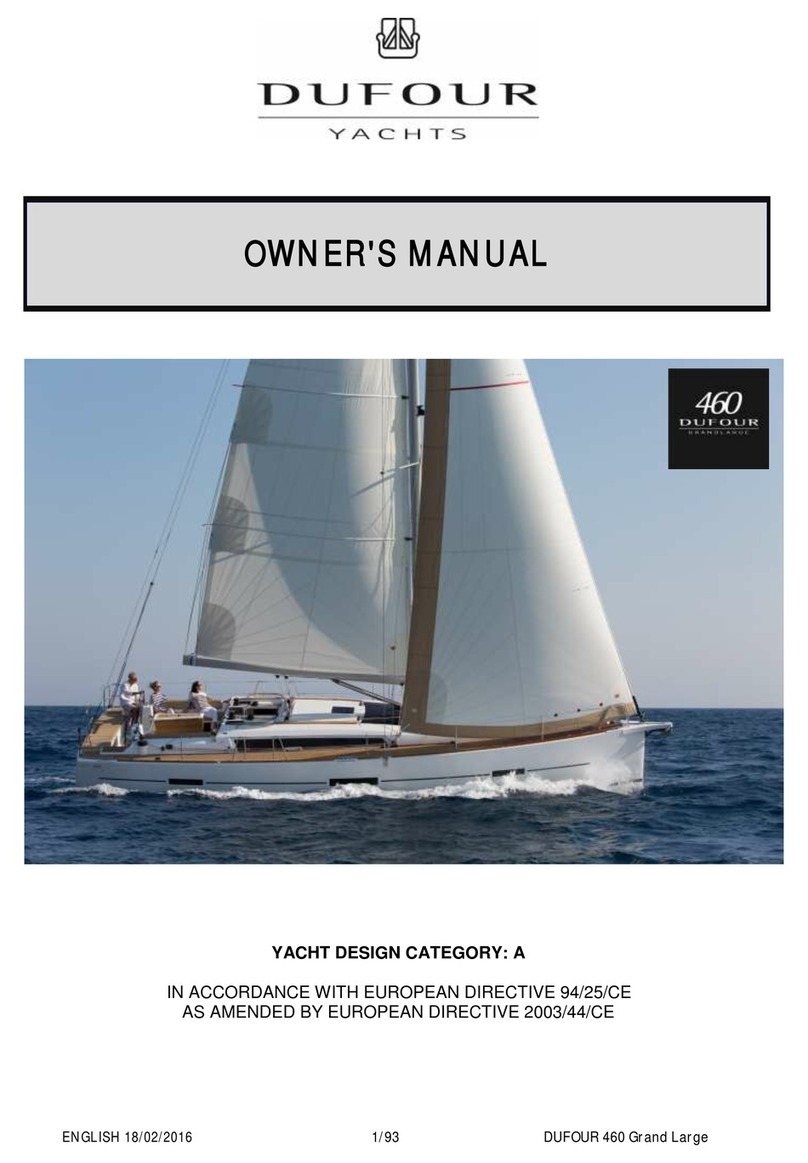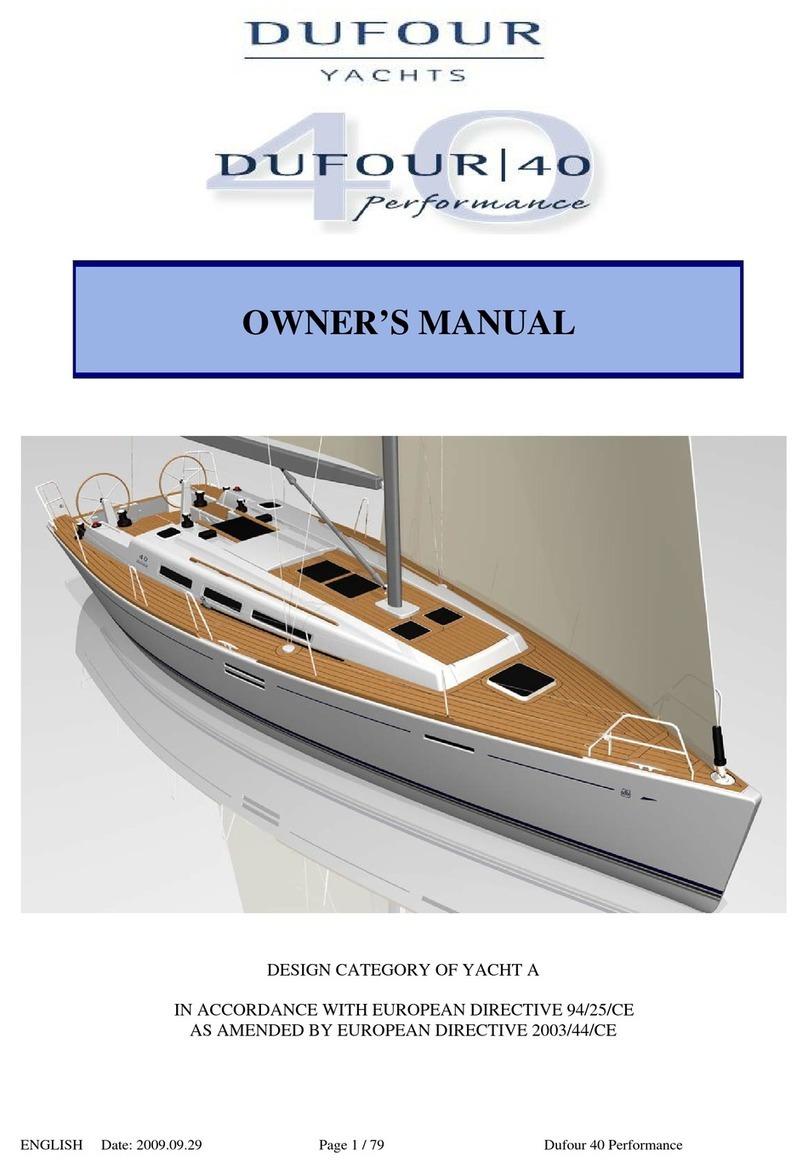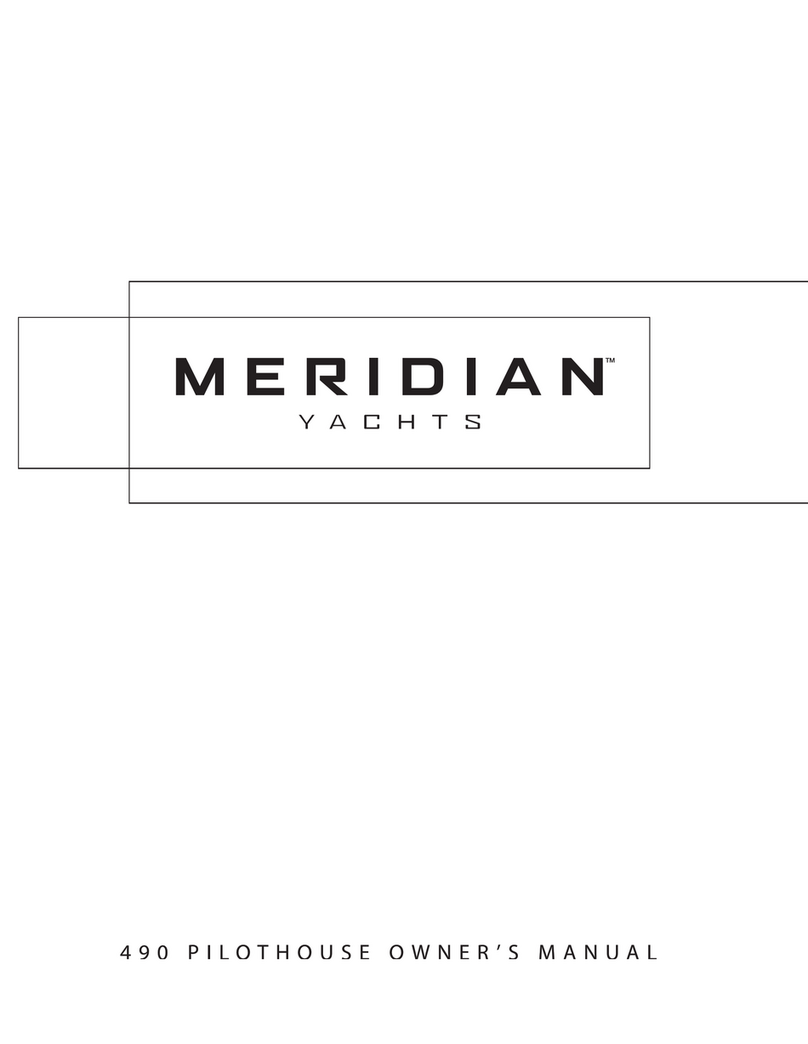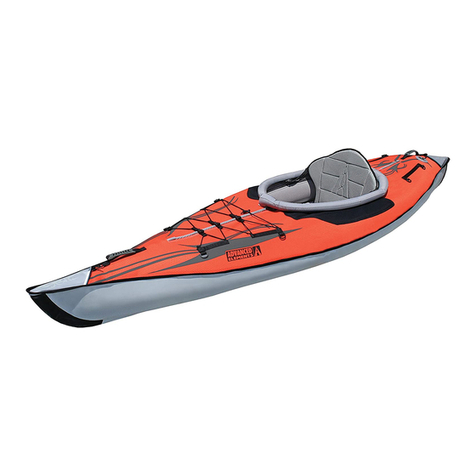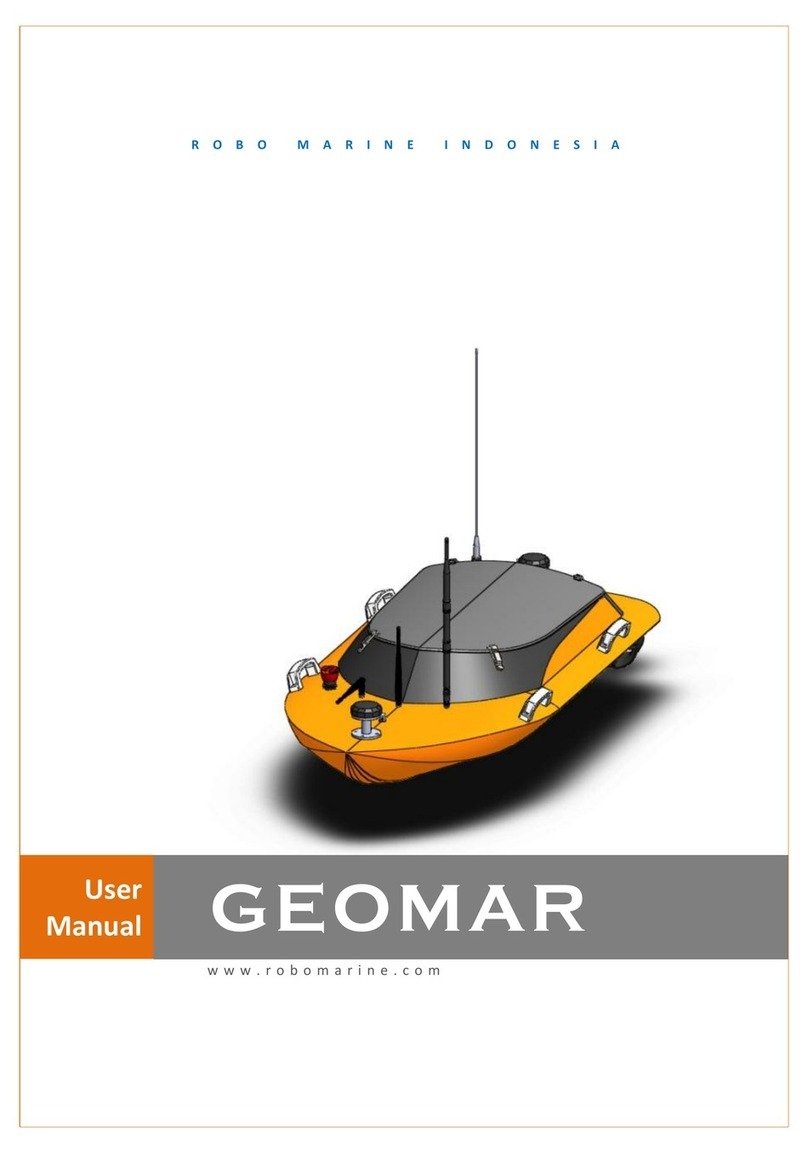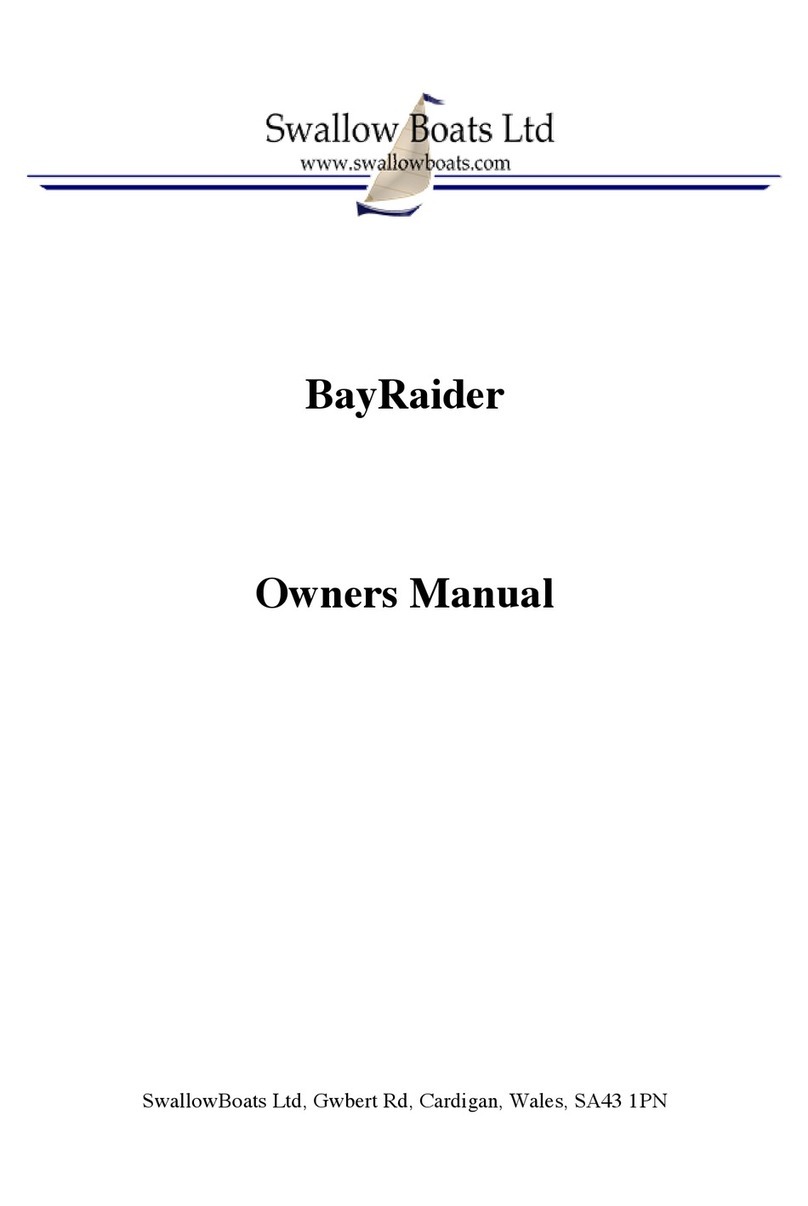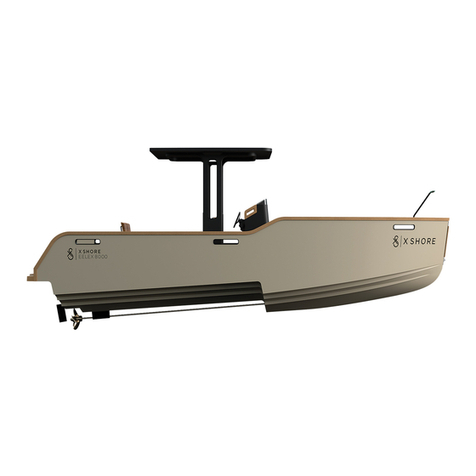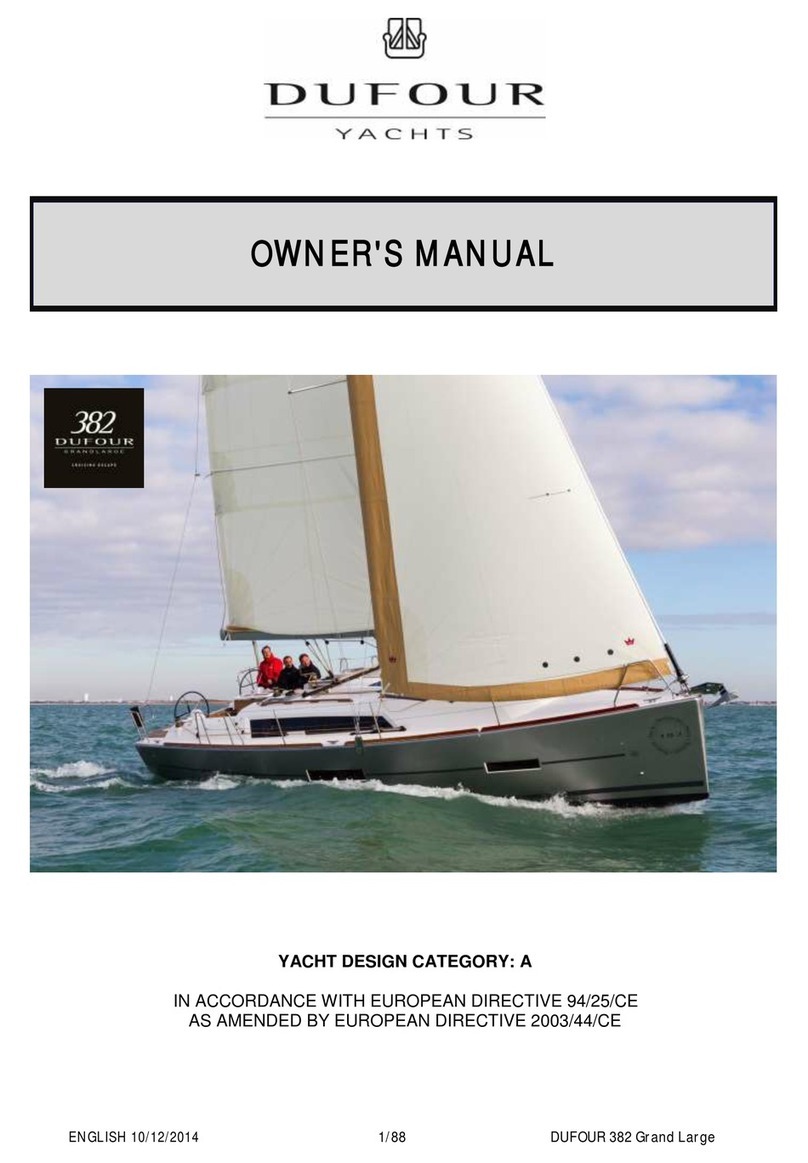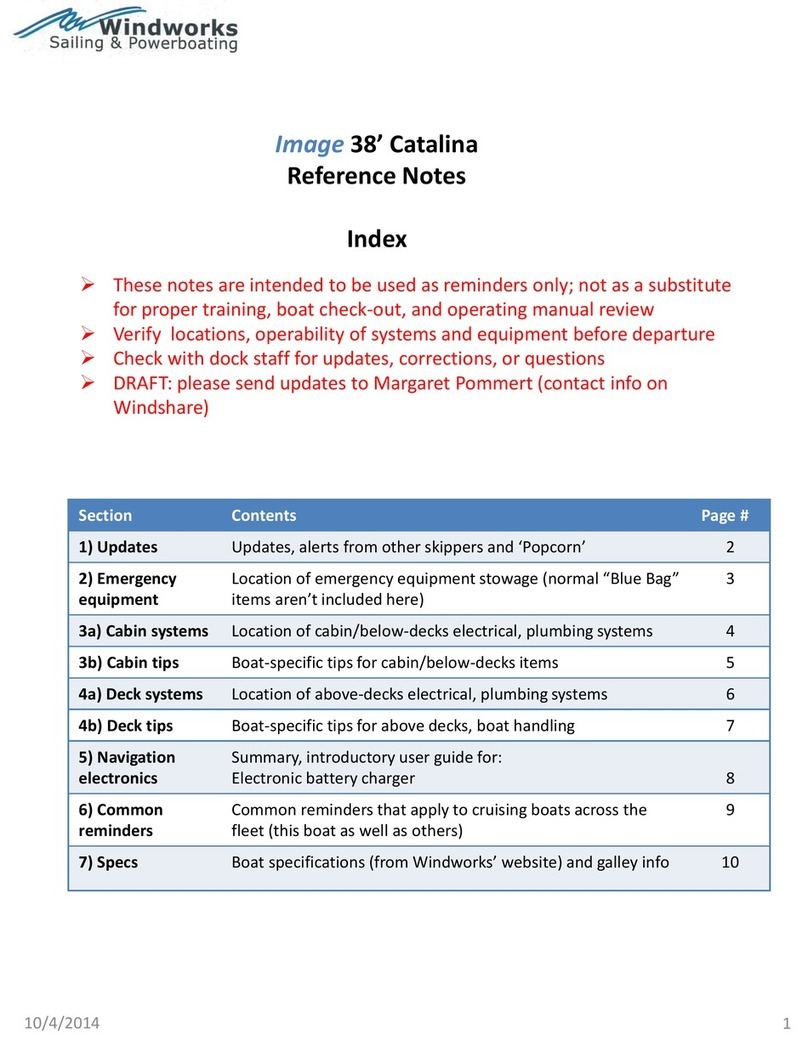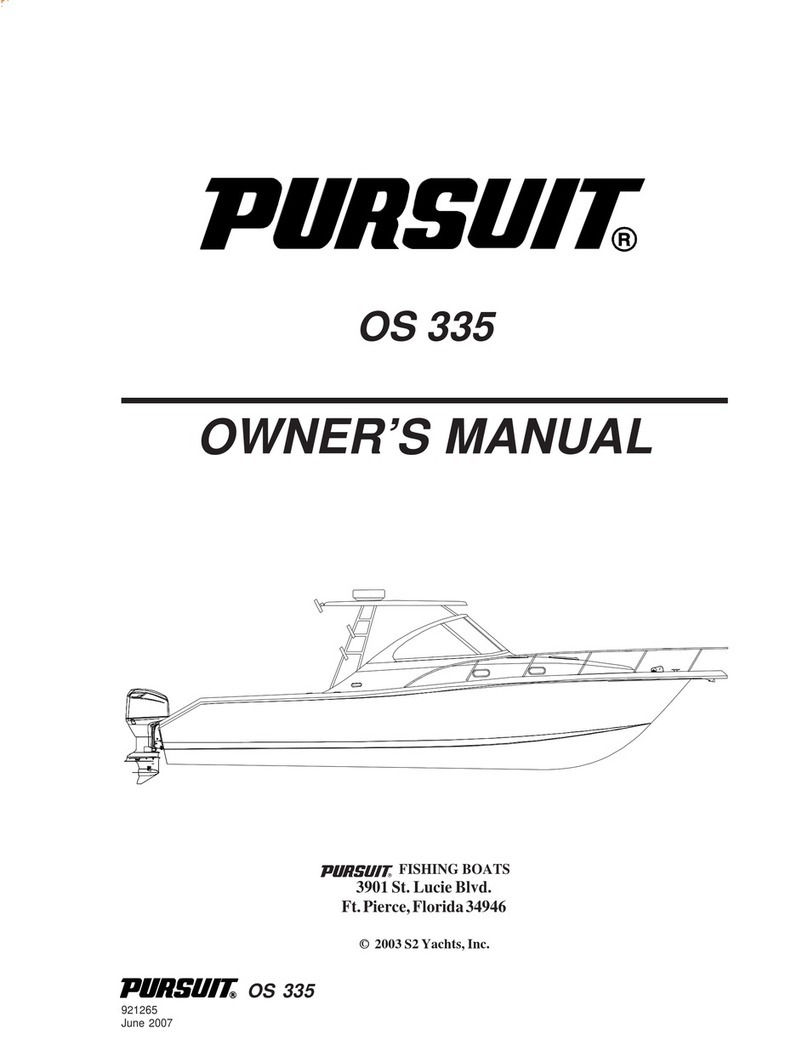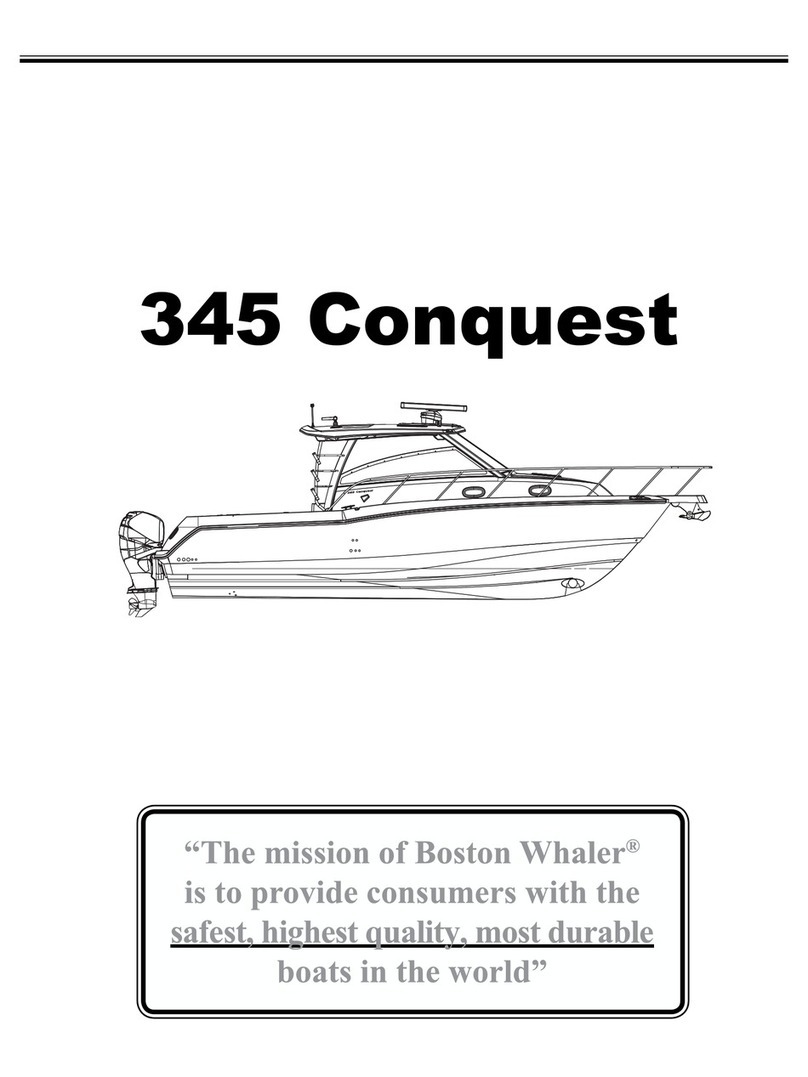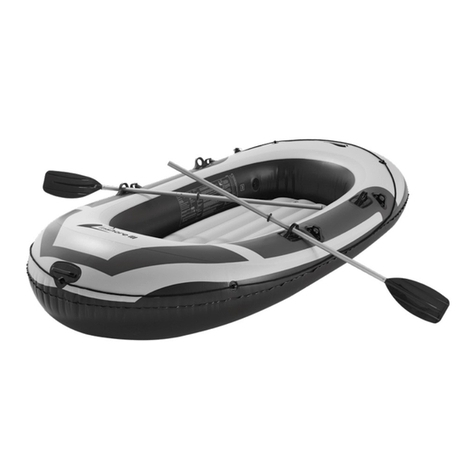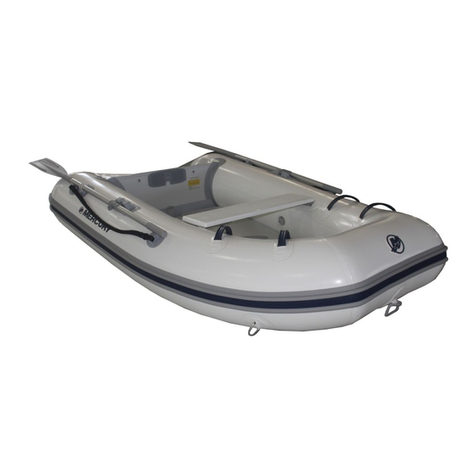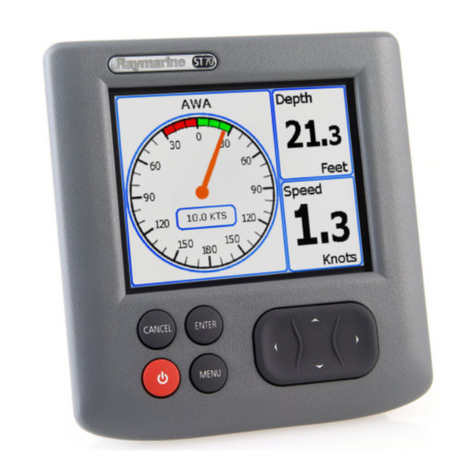
ENGLISH 22-04-05 Page3
DUFOUR 455
CONTENTS
INTRODUCTION___________________________________________________________________________5
I. GENERAL INFORMATION______________________________________________________________ 6
A. Design category ____________________________________________________________________6
B. Certification _______________________________________________________________________6
C. Identification ______________________________________________________________________ 6
D. Builder's plate _____________________________________________________________________7
II. MAIN SPECIFICATIONS______________________________________________________________ 8
III. ELECTRICAL SYSTEMS ______________________________________________________________9
A. Safety and operating instructions for the electrical system _________________________________ 9
B. Installing new equipment ____________________________________________________________ 9
C. Batteries _________________________________________________________________________ 10
D. Electric winch_____________________________________________________________________10
E. 220/110 Volts Installation ___________________________________________________________ 11
IV. GAS INSTALLATION ________________________________________________________________ 12
A. Operating advice __________________________________________________________________ 12
B. Checking the system _______________________________________________________________ 13
C. Changing the gas cylinder___________________________________________________________ 13
V. DRAIN AND SANITATION SYSTEM ___________________________________________________ 14
A. Specifications of the drain system ____________________________________________________ 14
B. Pressurized fresh-water pump _______________________________________________________ 14
C. Sea-cocks_________________________________________________________________________ 15
D. Operation of the sea toilets __________________________________________________________15
VI. FLOODING ________________________________________________________________________ 16
VII. FIRE PROTECTION _________________________________________________________________ 16
A. Installation _______________________________________________________________________ 16
B. Safety instructions _________________________________________________________________ 17
VIII. PROPULSION ENGINE ____________________________________________________________ 18
A. General precautions. _______________________________________________________________ 18
B. Exhaust gas emission _______________________________________________________________ 18
C. Safety____________________________________________________________________________ 18
D. Wintering ________________________________________________________________________19
IX. FUEL INSTALLATION_______________________________________________________________ 19
X. STEERING SYSTEM_________________________________________________________________ 19
A. Steering wheel ____________________________________________________________________19
B. Emergency tiller___________________________________________________________________ 20
XI. NAVIGATION ______________________________________________________________________ 20
XII. LIGHTNING PROTECTION __________________________________________________________ 21
A. Maintenance______________________________________________________________________ 21
B. Protection of people during a thunderstorm____________________________________________ 21
XIII. ENVIRONMENTAL PROTECTION AND SAFETY______________________________________ 21
XIV. SAFETY FACILITIES______________________________________________________________ 22
XV. HANDLING, TRANSPORTING, HAULOUT _____________________________________________ 23
XVI. GUARANTEE, TRANSFER OF OWNERSHIP_________________________________________ 24
